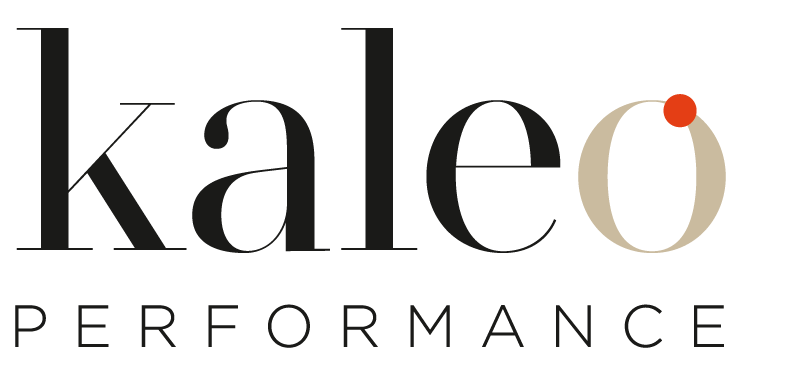How many times have you seen it? A company announces a reorganization, and suddenly, org charts are flying around like confetti. New reporting lines are drawn, roles are redefined, and names are shuffled – all before anyone has clearly articulated the strategic priorities driving these changes. I’ve seen this happen repeatedly throughout my career, and frankly, it’s a recipe for confusion, inefficiency, and missed opportunities. It’s like rushing to define the “How” and the “What” without first clarifying the “Why,” a concept brilliantly articulated by Simon Sinek. But defining the “Why” alone isn’t enough. We also need a clear, well-defined strategy to translate that purpose into action. And as Willy Petersen reminds us through his work on strategic learning, our organizations must be adaptable and continuously learn from their experiences, strategy must be updated continuously. Rushing into organizational design without both a solid strategic foundation and a clearly defined purpose is like building a house without blueprints.
I remember one particularly frustrating engagement at a mid-sized manufacturing firm. The CEO, eager to “shake things up,” tasked a team with designing a new organizational structure. They spent weeks drawing boxes, debating titles, and assigning responsibilities. Meanwhile, the company’s core strategic challenge – declining market share due to increased competition – remained unaddressed. The new org chart was beautifully crafted, but it was like putting a fresh coat of paint on a house with a crumbling foundation.
The Core Principle: Form Follows
This experience, and many others, reinforced a fundamental principle: Form follows function. An organizational structure should be designed to support a clearly defined strategy, not the other way around. Rushing into organizational design without a solid strategic foundation is like building a house without blueprints. You might end up with something that looks impressive, but it won’t be structurally sound or meet your needs.
A Pragmatic, Step-by-Step Approach
So, how do you avoid this common pitfall and design an organization that truly drives results? I’ve developed a three-step framework, honed through years of consulting experience, that prioritizes strategy before structure:
Step 1: Define your why and strategy : Know Where You Stand and Where You’re Going and why
• Situation Analysis: Conduct a rigorous assessment of the current state. What are your strengths, weaknesses, opportunities, and threats (SWOT)? What are the key market trends? What are your competitors doing? Don’t gloss over this – document everything with data.
• Assumptions and Risks: Explicitly identify the assumptions you’re making and the risks you’re facing. What could derail your strategy? What are your contingency plans?
• Strategic Choices: Based on your analysis, identify a limited number of strategic choices. These are the fundamental decisions about how you will compete. For example: “Focus on high-margin products” or “Expand into new geographic markets.”
Example: Imagine a retail company facing increasing competition from online retailers. Their strategic choices might include:
* Invest heavily in e-commerce.
* Focus on providing a superior in-store experience.
* Develop a niche product offering.
Step 2: Define the “To”: Articulate a Compelling Vision and Measurable Goals and adaptable strategy
• Vision Statement/North Star: Develop a clear and inspiring vision statement that articulates your desired future state. This should be more than just a slogan; it should be a guiding principle for the entire organization.
• Honest Gap Assessment (“From…To”): This is where you bridge the gap between the current state and the desired future state. Define concrete, measurable objectives. Use the “From…To” framework to make the transformation crystal clear.
Examples:
• From: Reactive customer service To: Proactive customer success management, resulting in 20% reduction of complaints.
• From: Functional silos To: Cross-functional, agile teams focused on customer journeys, resulting in 15% faster product development cycle.
• From: Relying on gut feeling marketing campaign To: Marketing campaining ROI data driven
• Actionable Projects: Identify specific, measurable projects that will close the gaps and achieve your strategic objectives. Each project should have clear milestones, deliverables, and metrics to track progress.
Step 3: Ecosystem Design: Build the Machine to Achieve the Vision
• People, Structure, and Process: Design the ecosystem that will support the implementation of your strategy. This includes:
* People: Defining roles, responsibilities, and skills requirements.
* Structure: Designing the organizational structure, including reporting lines and matrix relationships.
* Process: Defining the processes that will enable the organization to achieve its strategic objectives.
• Measures and Rewards: Align performance measures and rewards with strategic priorities. What gets measured gets managed, and what gets rewarded gets repeated.
• Culture: Foster a culture that supports the implementation of the strategy. This may require changes in leadership style, communication practices, and decision-making processes.
• Governance: Establish a governance structure to oversee the implementation of the strategy. This should include regular progress reviews, risk assessments, and decision-making forums.
Example: In the retail company example above, if their strategy is to “Invest heavily in e-commerce,” their ecosystem might include:
* A dedicated e-commerce team with expertise in digital marketing, web development, and data analytics.
* A new process for fulfilling online orders.
* Performance measures that track website traffic, conversion rates, and online sales.
* A culture that embraces innovation and experimentation.
Acknowledgement of the Complexity : there is No Silver Bullet
Of course, there’s no silver bullet for organizational design. Every organization is different, and the best approach will depend on its unique circumstances. As Willy Petersen highlighted in his work on strategic learning, organizations must be adaptable and continuously learn from their experiences.
Conclusion
Designing an organization is not about drawing boxes; it’s about aligning people, processes, and structures to support a clearly defined strategy, and more compelling “why”. By prioritizing both the “Why” and a robust strategic clarity as well as following a structured approach, you can create an organization that is truly aligned with its goals and capable of achieving sustainable success.
What are your experiences with organizational design? Have you seen organizations make the mistake of designing before defining? Share your thoughts and experiences in the comments below! I’m always eager to learn from others and share insights on how to build high-performing organizations.

